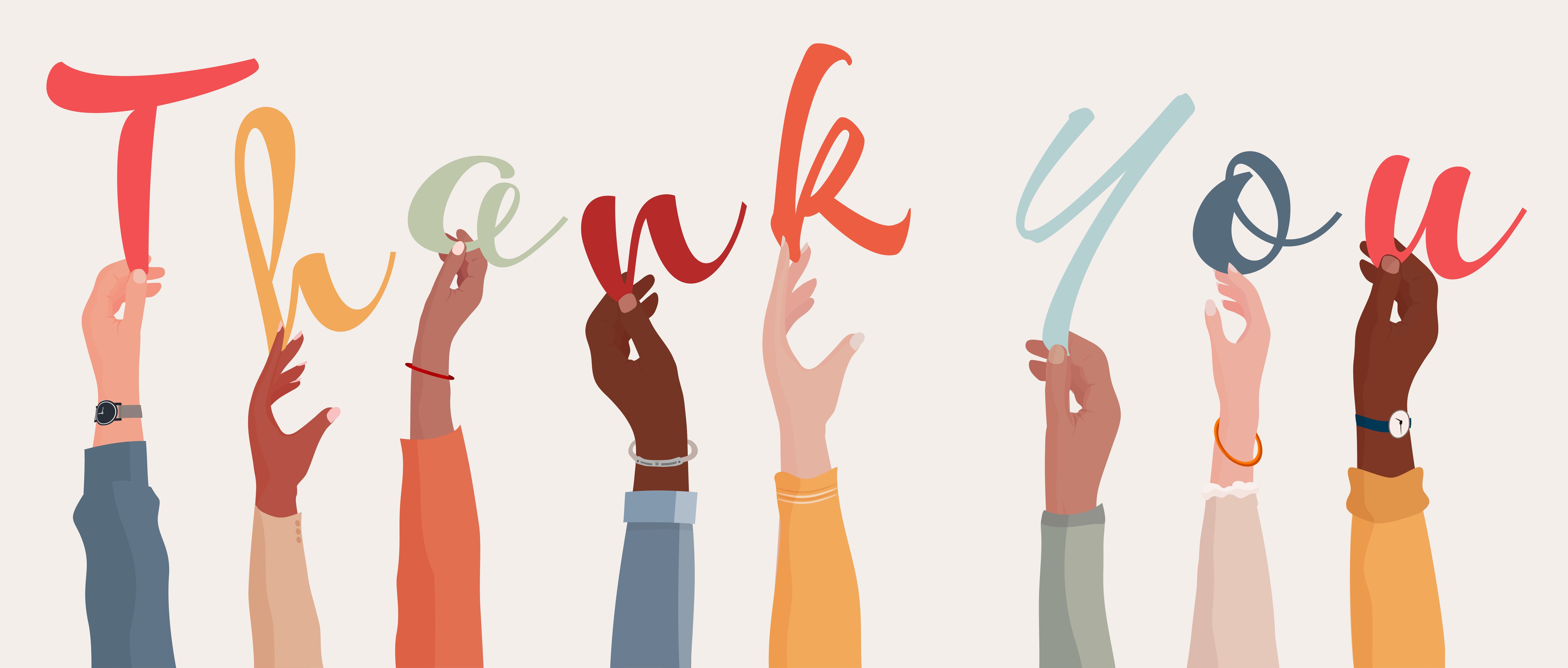Express Gratitude to Donors Daily
One thing that’s difficult for me to do is to focus on thepositivethings people do. Jeff and my wife both tell me regularly that I am too...
4 min read
Karen Kendrick : August 26, 2024

I was told about this experiment back in 1986, and it has stuck with me all these years. A teacher was given false information about the IQ and abilities of her classroom students. This changed her expectations of her students, which changed how she responded to them and treated them. The result was that the students who the teacher believed had higher IQs and abilities performed far higher than in the past and above other more advanced students.
What captures my heart about this story is that for so many kids, the converse is their reality. There are low expectations that play out in their lives in many subtle, and not so subtle, ways.
I think about membership programs in a similar way. These programs encourage people to start giving in more of a transactional way. They give $250, and you give the donor a cool T-shirt or bag. This also plays out at higher giving levels, where a gift of $10,000 gains you access to a special, exclusive club.
Now, these programs aren’t inherently bad and often are a great way for donors to start giving and learning about the organization. But if you forget what else is possible, you may lose sight of the fact that those donors would joyfully give so much more. Because of your expectations, and how membership programs are set up, you’re actually training donors to give less.
So, let’s assume for a moment that you’ve already realized that you need to create a major gifts program that continues to move donors into a deeper connection with the organization, instead of stifling giving because donors are stuck in a membership program. How do you change your own internal culture? What about the donors? Isn’t it going to be weird to treat them differently all of a sudden?
Here are some steps we have found that work:
It could sound like this…
“Mo, I want to thank you for giving $1,000 faithfully for the past 6 years to our environmental Ocean protection project. Would you mind sharing with me more about what inspired you and kept you giving to this program?”
Then you listen, ask more questions, and clarify more around their passion for this program. You could say something like this:
“We’re making some changes in how we work with our supporters – changes that focus more on the supporters’ interests and passions, and I want to learn about your heart for our mission. That will allow me to provide you with the information you want and also share with you the difference you’re making. I would like to share some stories and updates with you monthly – would that be ok? How would you like to receive those updates?”
You can do this. Like in the classroom experiment example, changing the expectations you have of your donors is powerful. See them as caring people who want to give more if only we engage them, tell them how they are making a difference, and ask.
It doesn’t matter what role you have at your organization; you can help shift your culture from one of transactions to one of relationships. Take this one small step at a time and make sure you have a system and structure to support building your donor relationships. Over and over again, we’ve seen this result in significantly more revenue coming in, and we would love to see it happen for you and your organization. And, how incredibly meaningful will it be for you to see donors get engaged and give more impactful gifts with joy!
Karen
This post originally appeared on the Passionate Giving Blog on October 29, 2021.

One thing that’s difficult for me to do is to focus on thepositivethings people do. Jeff and my wife both tell me regularly that I am too...

If your non-profit has done more than two capital campaigns in its history, it’s most likely because you don’t have a strong major gift program...

Today’s guest blog post was written by Diana Frazier, Senior Client Experience Leader at Veritus Group.